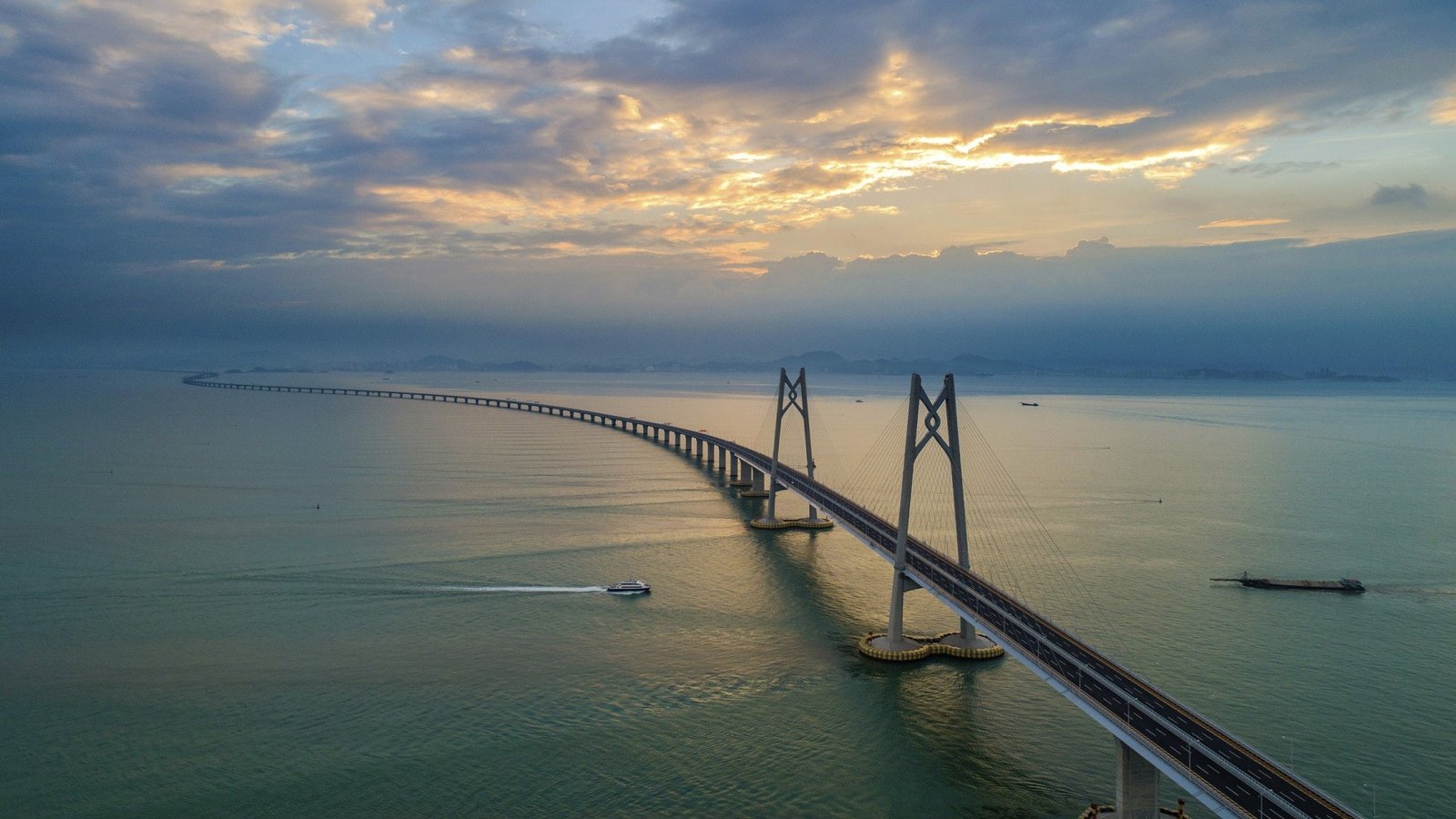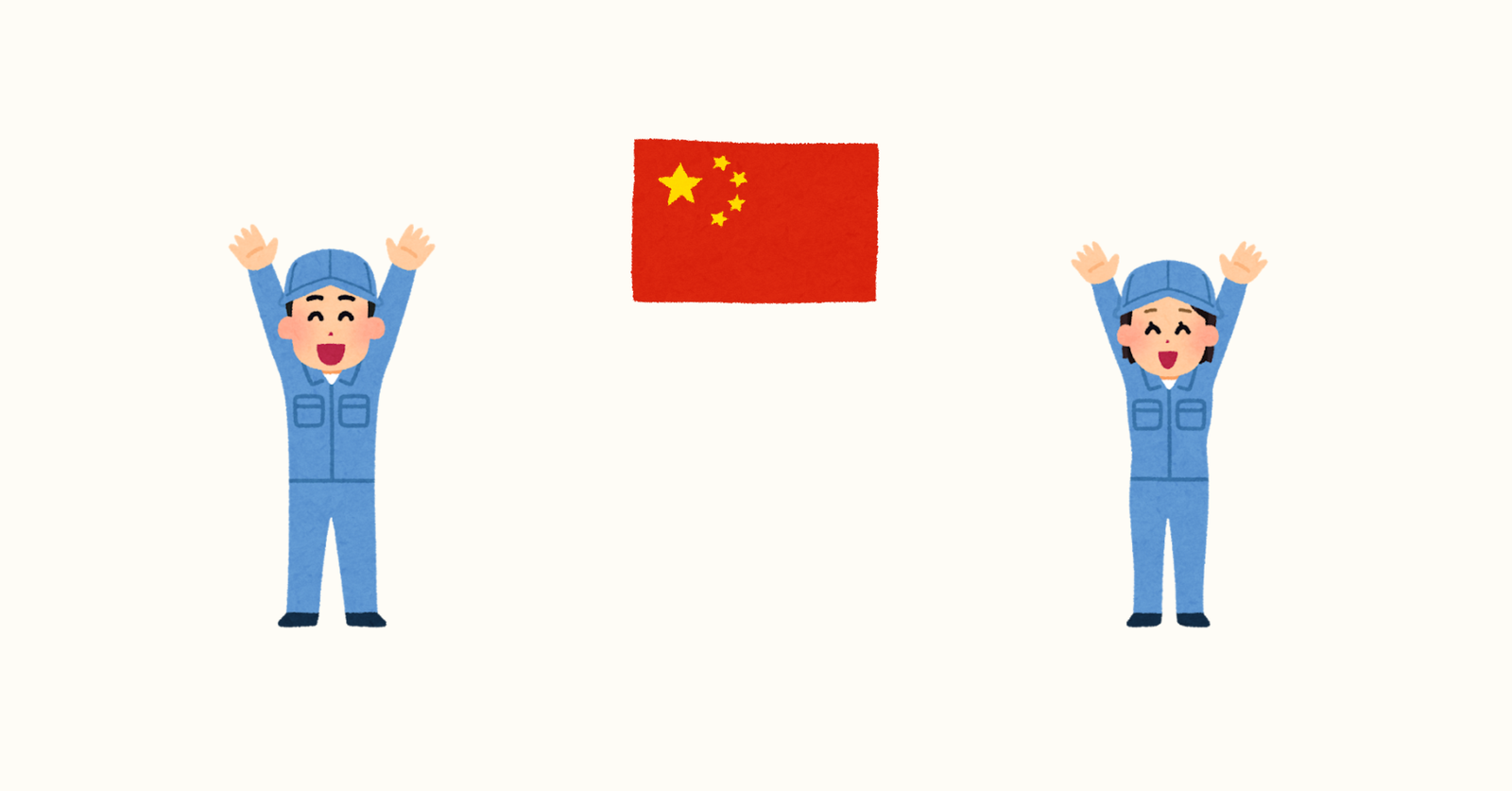Have you ever wondered about why is everything made in China? Many people believe it’s because China has cheap labor. If you still think this way, you are mistaken. The reasons behind it are more complex than you might think. Keep reading if you’re interested in learning more!
1. It’s Not Just About Money
Initially, it was about money. Since the 1990s, China became the destination for industries abandoned by the United States, Japan and other developed countries due to its low labor costs and abundant resources. By the 21st century, China gradually became the world’s factory.

However, this view is outdated in 2024. Why? Because China is no longer cheap. GDP per capita is an important indicator of a country’s wealth. According to the World Bank, China’s GDP per capita was $12,614 in 2023, nearly reaching the $14,005 threshold for high-income countries. That’s quite high.
You might argue that China is still not a rich country, but it is no longer cheap. If cost were the only factor, it would be hard to explain why products aren’t manufactured in places with even cheaper labor, like India or Africa. For instance, India’s GDP per capita is just $2,485, much lower than China’s. At the same time, the GDP per capita in Africa is only $2,150.
So why is everything still made in China? Why aren’t more products made in India or Africa, where labor is much cheaper
2. Infrastructure: China’s Competitive Edge
Infrastructure is crucial for the manufacturing industry! Let’s break it down simply. Imagine you’ve produced a batch of goods. How do you transport them to your customers overseas? You’d need to move the goods from the factory to a port, where they’ll be shipped. But what if there were no roads or ports?
Infrastructure isn’t something we inherit; it requires decades of investment. China has spent years building infrastructure to a world-class standard. Here are some key figures to illustrate this:
Railway: 159,000 km (second in the world)
Roads: 5.35 million km (third in the world)
Container port traffic: 268.99 million TEUs (EU: 100.27 million)
Electricity production: 9,456 TWh (India: 1,874 TWh with the same population size)

3. Technology Matters
Most products made in China are everyday items like bottles or shirts. These may not seem like high-tech products, but they still require technology. And not every country has access to this technology.
Don’t believe it? Take the example of a ballpoint pen. Only a few countries—China, Japan, and Switzerland—have the technology to produce them. Until 2016, China relied on imports for ballpoint pens because making the 2.3mm diameter tip requires advanced technology.
It’s just a ballpoint pen, but think about how many other items in your daily life are made in China. Not every country has the capability to produce them! Besides, according to a 2024 report by the ITIF, China is quickly becoming a leading innovator in advanced industries, not just in everyday products.
4. Population
Many countries, especially developed ones, have the infrastructure, technology, and other factors required for manufacturing. But they don’t produce as much as China. You might say it’s because they don’t want pollution. While that’s partly true, it doesn’t explain why countries like the U.S. (under Trump) want to bring manufacturing back.

China’s advantage lies in its massive population. For the past 30 years, China has offered an abundant, well-educated workforce thanks to compulsory education policies. This workforce has played a significant role in China’s industrialization. Plus, the country’s large domestic market has helped stimulate manufacturing, as products are consumed both domestically and internationally.
5. Stable Political Environment
A stable political environment is crucial for industrial investment. Manufacturing requires long-term commitments. To set up a factory, you need to build it from the ground up, buy equipment, pass inspections, hire and train workers, and so on. This long process needs a secure, stable environment.
Not all countries are as politically stable as China. Many are even embroiled in conflicts and wars.
6. Conclusion
As we’ve seen, infrastructure, technology, population, and a stable political environment are key factors that explain why China produces so many of the products we use daily. It’s not just because of cheap labor—there are other countries with cheaper labor. The reasons behind “everything is made in China” are far more complex.
How capable is China? According to the United Nations’ industrial classification, industries are divided into 41 major categories, 191 subcategories, and 525 smaller categories. China is the only country in the world that has all of these industrial sectors.



